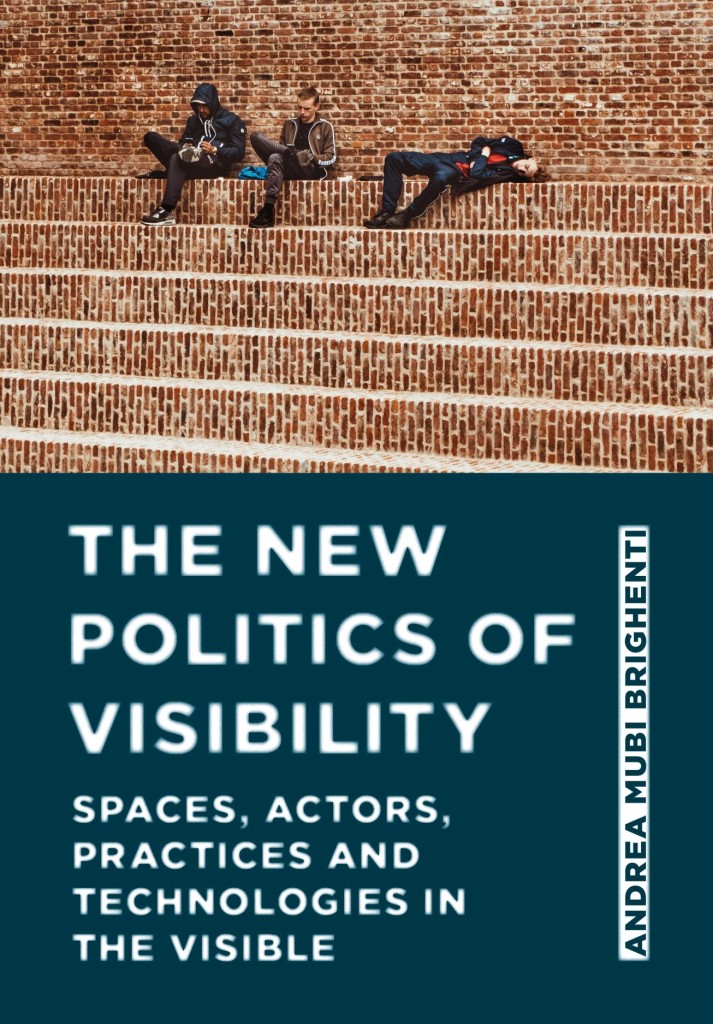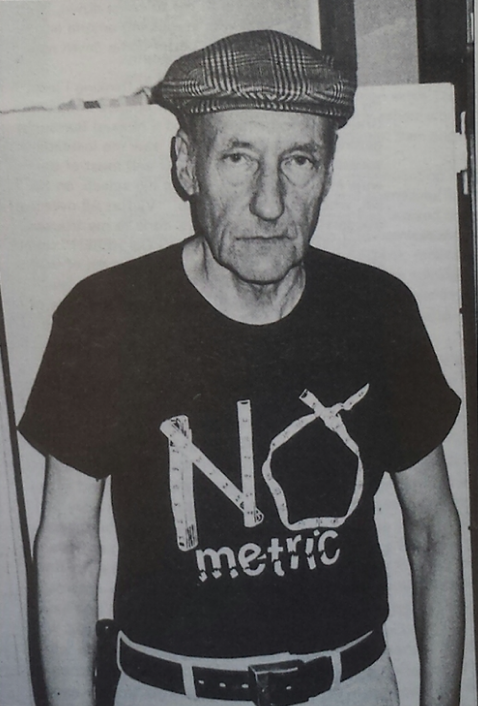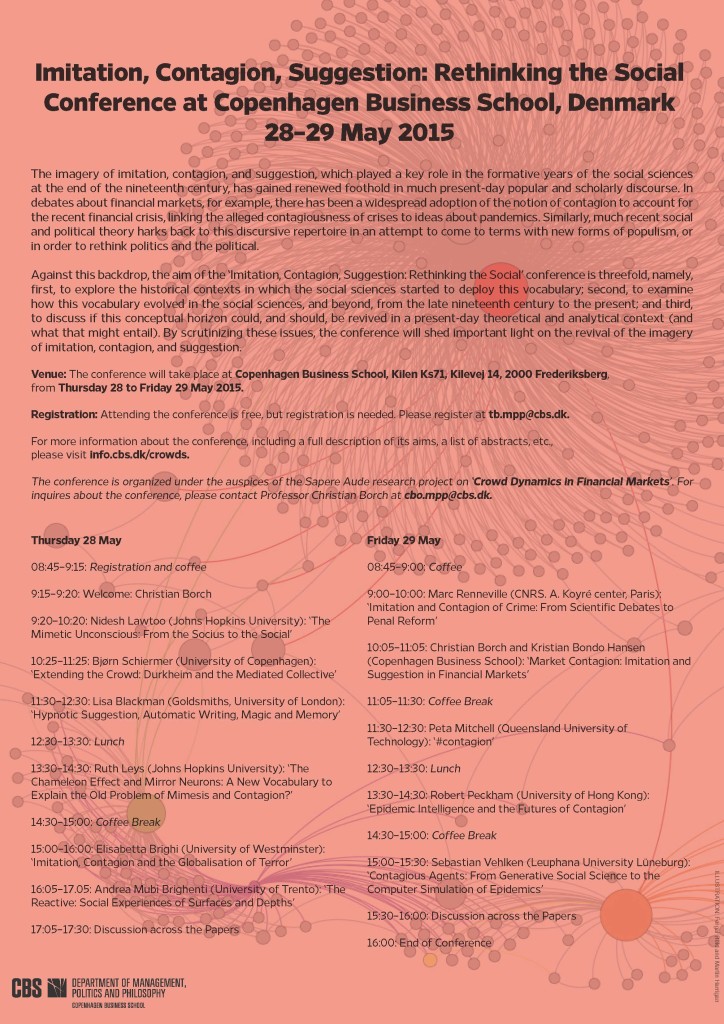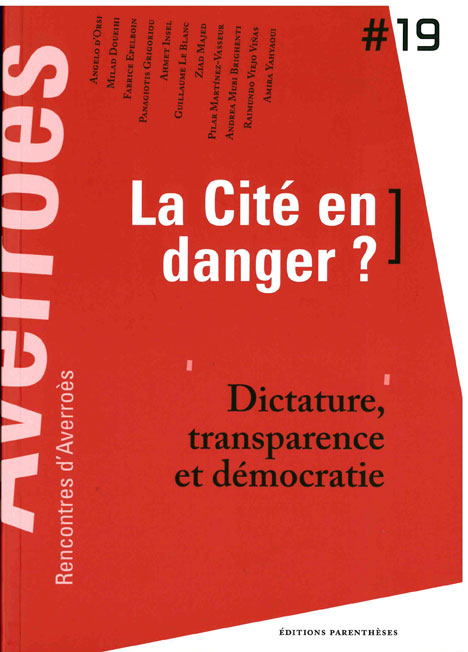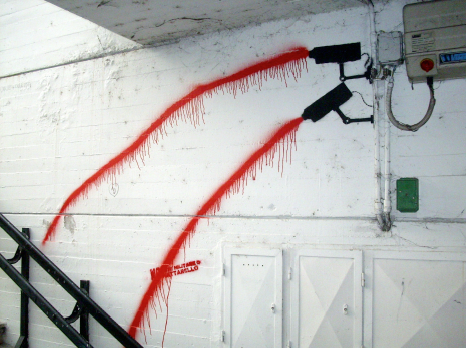A lecture based on my paper co-authored with Andrea Pavoni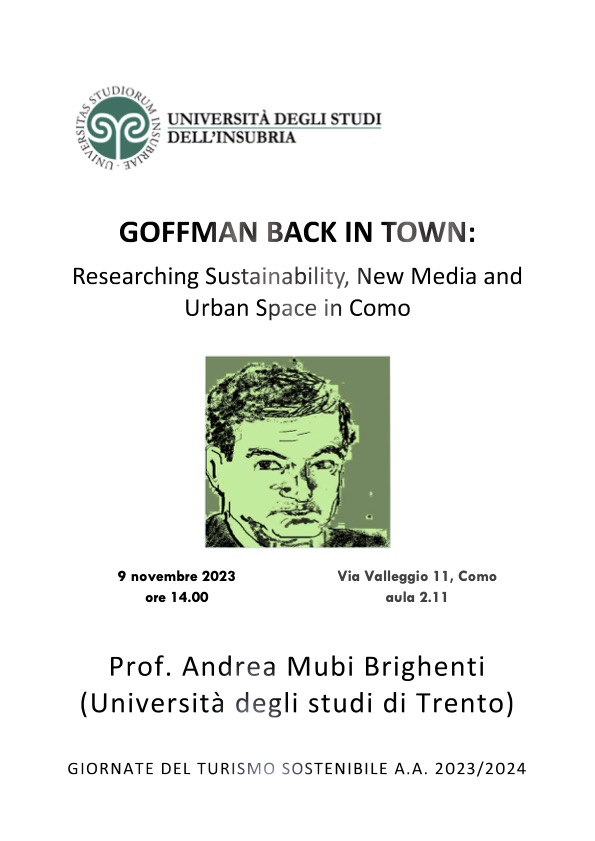
Category Archives: media
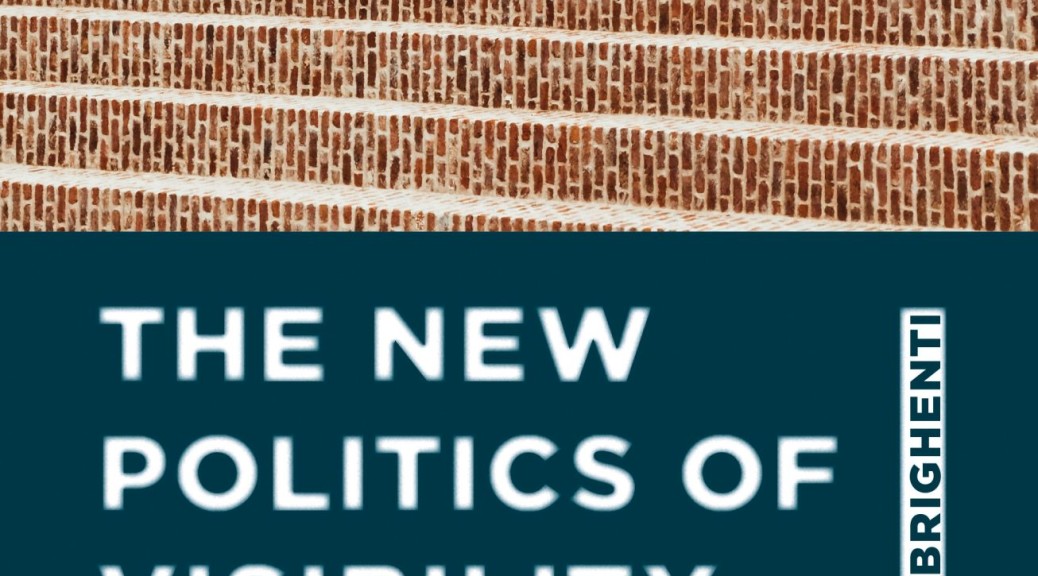
The New Politics of Visibility. Spaces, Actors, Practices and Technologies in the Visible
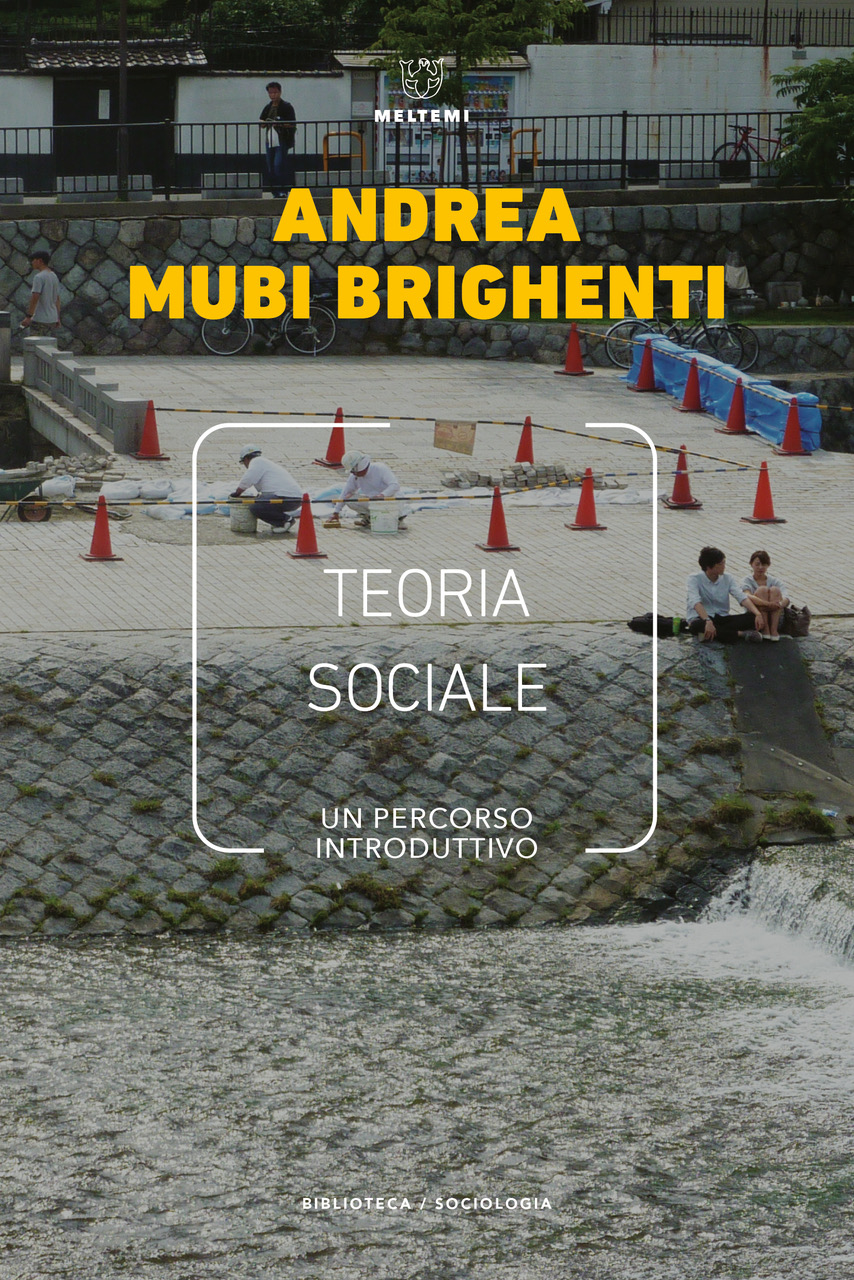
Teoria Sociale. Un percorso introduttivo
OUT NOW!
The social life of measures
Now published in Theory, Culture & Society 35(1) http://journals.sagepub.com/toc/tcsa/35/1
Abstract
Issues of measure and measurement, and their relation to value and values, are of concern in several major threads in contemporary social theory and social research. In this paper, the notion of ‘measure-value environments’ is introduced as a theoretical lens through which the life of measures can be better understood. A number of points are made which represent both a continuation and a slight change in emphasis vis-à-vis the existing scholarship. First, it is argued that the relation between measure and value is necessarily circular – better, entangled. Second, a conceptualisation of measures as territorialising devices is advanced. Third, importance is given to the fact that measures are not simply tools in our hands, they are also environments in which we live. Fourth, attention is drawn to the fact that the unit (n=1) is not just a quantitative happening among others, but is qualitatively distinct.
http://journals.sagepub.com/doi/abs/10.1177/0263276416689028
The Social Life of Measures (pre-print version)
Imitation, Contagion, Suggestion: Rethinking the Social Conference at Copenhagen Business School, Denmark 28–29 May 2015
La démocratie à l’heure des visibilités hiérarchisées
“La démocratie à l’heure des visibilités hiérarchisées” dans T. Fabre (Coord.) La Cité en danger ? Dictature, transparence et démocratie – Rencontres d’Averroès #19. Marseille: Editions Parenthèses.
La grande immagine e l’immaginina

(Source: http://commons.wikimedia.org)
La grande immagine e l’immaginina
as appeared in Marco Pasini e Fabio La Rocca (a cura di) Confronti visuali: una ricerca interdisciplinare. Roma: Aracne.
Roundtable | Entre renaissance citoyenne et transparence politique
I’ve been invited at a roundtable at Les Rencontres d’Averroès (Marseille), titled “Entre renaissance citoyenne et transparence politique. Révolution numérique ou contrôle des libertés ?” (19th Edition, La cité en danger? Dictature, transparence e démocratie)
https://www.rencontresaverroes.com/rencontres/editions-precedentes/
*
The debate has also been recently broadcasted on the French National Radio, Franceculture :
Posted also on YouTube:
Le nuove politiche di visibilità in rete
Pubblicato in Cosmopolis, VI, 2/2011
La maggior parte delle critiche mosse contro i mass media e la società di massa durante il corso del ventesimo secolo sono state, come ben si sa, critiche rivolte contro la passività, l’anomia e l’alienazione del fruitore. Tali effetti venivano imputati in primo luogo al diagramma stesso del flusso di comunicazione, alla sua forma broadcast, uno-molti (o meglio, pochi-molti, considerato che gli emittenti sono comunque sempre un gruppo, per quanto ristretto, di professionisti organizzati). I mass media erano allora, come si espresse Jean Baudrillard, “parola senza risposta”. In tal senso, la radice comune delle pratiche e delle tecniche di propaganda (la fabbricazione politica della verità che può raggiungere livelli totalitari) e pubblicità (la fabbricazione economica di miti, sive racconti, di consumo e godimento) è stata più volte rimarcata (senza dimenticare, peraltro, che l’origine della propaganda è religiosa, e che la forma gerundiva del termine contiene una precisa istanza di dover-essere). Così ad esempio, per i situazionisti, le immagini della comunicazione mediata davano vita a una forma sociale che essi chiamarono “spettacolo”, un regime di separatezza dell’immagine dalla vita quotidiana e di conseguente espropriazione dell’esperienza vissuta: le immagini spettacolari, per così dire supra-visibilizzate, si diceva, costituivano un nuovo stadio del capitale, in cui ogni rapporto sociale era definitivamente sussunto al dominio.
Continue reading
New Media and Urban Motilities: A Territoriologic Point of View
Urban Studies April 12, 2011
doi: 10.1177/0042098011400771
Abstract. The paper aims to contribute to the study of new media technologies in urban environments. It unfolds at two levels, epistemological and substantive. First, it discusses the issue of the conceptual tools that we can deploy to understand new media, arguing in favour of notions and methods that enable research to capture the double nature, socio-technical and bio-political, of the new media in urban environments. In particular, the paper claims that new media can be seen as a continuation of the process of ‘urbanisation of territory’ described by Foucault, aimed at the creation of a flexibly controllable space of events. Secondly, it criticises substantively the techno-enthusiast user-empowerment ideology that surrounds new media and addresses issues of inequality, control and resistance in and through new media in the city. The argument is that the augmented, hybrid or mixed urban reality of new media like personal and locative media is neither determinist nor unboundedly mobile. While the freedom of movement and the diverging styles of mobility are becoming a crucial factor of stratification, new tensions and struggles over the nature of urban ‘events’ are likely to take place.
.
http://usj.sagepub.com/content/early/2011/04/12/0042098011400771.abstract
The Wall and the Mobile Phone. Organising, Governing, Resisting
in Giovanna Sonda, Claudio Coletta, Francesco Gabbi (eds.) Urban Plots, Organizing Cities. Farnham: Ashgate, pp. 23-34.
New Media and the Prolongations of Urban Environments
Convergence: The International Journal of Research into New Media Technologies November 2010 16: 471-487, doi:10.1177/1354856510375528
http://con.sagepub.com/content/16/4/471
Abstract
The article addresses the relationships between new media and public urban environments. It advances an anti-reductionist argument, which seeks to understand the material and the immaterial as two irreducible yet intertwined layers or levels of the social sphere. In order to do so, the notion of prolongation is proposed. This notion, together with those of territory and visibility, is explicitly designed to escape both reductionist monism (material as immaterial or vice versa) and dualism (material versus immaterial). The hypothesis is that the environments created and edited by the new media can be conceptualized and studied as specific visibility regimes of urban territoriality. The use of the concepts of territory, prolongation, and visibility also leads to deexceptionalizing the new media, insofar as new media are explained as a specific techno-social configuration, determined by a pattern of the same analytical variables that are at stake in the social sphere at large.
Artveillance: At the Crossroads of Art and Surveillance
Surveillance & Society, Vol 7, No 2 (2010)
http://library.queensu.ca/ojs/index.php/surveillance-and-society/article/view/artveillance
.
.
